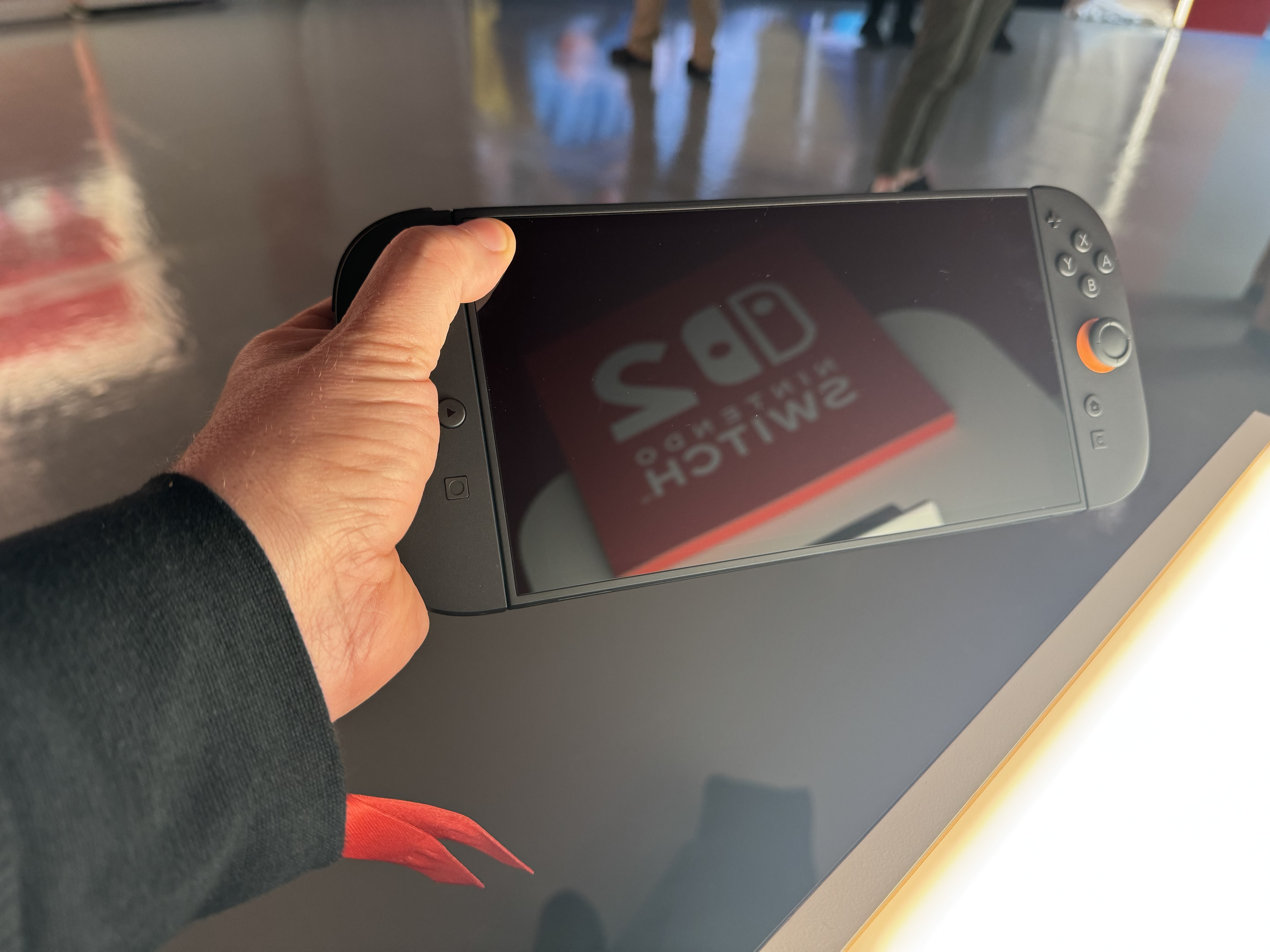
While Nintendo could theoretically avoid tariff impacts by moving Switch 2 production into the US, Wedbush's Ives pointed out that the process would cost "tens of billions of dollars" and require "four to five years" to get a US factory of that scale up and running.
Even then, the individual parts to make consoles like the Switch 2 would likely still have to come from countries with tariffs on them.Niko Partners' Ahmad pointed out that Nintendo would also "need to find, train, and pay employees to operate [a potential US] factory" and then pay them "10x to 15x more than they would for a worker in Vietnam." Those are all costs that would mean a US-produced Switch would come in at "a significantly higher price than $450," Ahmad said.
Early adopters will likely pay any price to get their hands on this thing.
Credit: Kyle Orland Early adopters will likely pay any price to get their hands on this thing.
Credit: Kyle Orland Overall, analysts still expect the Switch 2 to sell well early on despite economic and pricing uncertainty.
That said, DFC's Cole allowed that "Nintendo may choose to scale back its manufacturing" due to those concerns, and "if prices increase substantially due to tariffs, a significant portion of prospective buyers are likely to hold back on a purchase until prices come down."Cole used those pricing concerns to explain why DFC had lowered its first-year worldwide sales estimates for the Switch 2 from 17 million to 15 million.
But Cole also noted that he expects the Switch 2 to be "the fastest-selling console system ever in its first two years" despite that reduced estimate.Circana analyst Mat Piscatella similarly told IGN that tariffs likely won't affect "the price insensitive super enthusiasts" who will scoop up "the limited quantities [of Switch 2] that will be available during the launch year." After that, though, "the true test will come in year two, as supply is likely to become more readily available, and the addressable market will be forced to widen.
So we'll have to see what happens over the next nine to 12 months."This story was updated shortly after initial publication April 9, 2025, to note Trump's 90-day tariff pause.

 14
14






